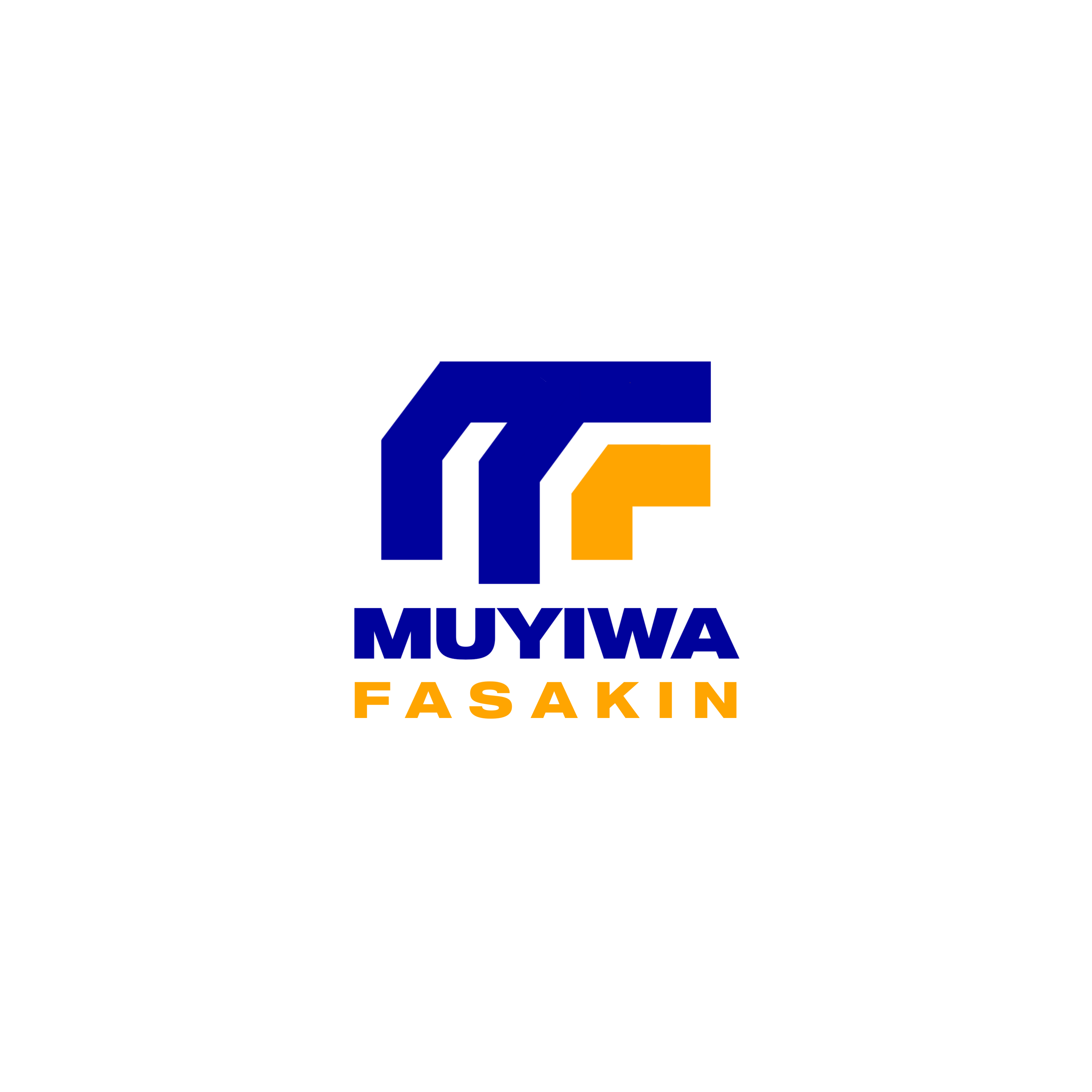Fostering Creativity in Education: Strategies for Teachers and Students
Introduction
In the modern world, education is not just about imparting knowledge; it’s about nurturing creativity and cultivating the skills necessary for innovation and problem-solving. Fostering creativity in education empowers students to think critically, explore new ideas, and approach challenges with imaginative solutions. In this blog post, we will delve into effective strategies for both teachers and students to create a classroom environment that nurtures and encourages creativity.
Creating a Culture of Curiosity
- Encourage Questioning: Foster a classroom culture where asking questions is not just welcomed, but celebrated. Encourage students to inquire, explore, and seek answers beyond the surface.
- Open Discussions: Organize group discussions and debates on diverse topics, allowing students to express their opinions, challenge assumptions, and learn from each other’s perspectives.
- Real-World Relevance: Connect classroom content to real-life situations, demonstrating the practical application of concepts and sparking students’ curiosity about the world around them.
Embracing Unconventional Thinking
- Divergent Thinking Activities: Incorporate activities that encourage students to generate a multitude of ideas, such as brainstorming sessions or creative problem-solving challenges.
- Alternative Solutions: Present problems with no fixed solutions and encourage students to explore different approaches, highlighting that creativity often thrives in ambiguity.
- Role Reversal: Have students take on different roles or perspectives in discussions or projects, helping them step outside their comfort zones and think from new angles.
Fostering a Growth Mindset
- Praise Effort, Not Perfection: Praise students for their efforts, strategies, and perseverance rather than focusing solely on outcomes. This helps build resilience and a willingness to take risks.
- Learn from Mistakes: Normalize mistakes as part of the learning process. Encourage students to analyze what went wrong, what was learned, and how they can improve.
- Setting Challenges: Provide students with challenges slightly beyond their current abilities. This “stretch zone” stimulates creative problem-solving and motivates students to push their limits.
Incorporating Arts and Multidisciplinary Learning
- Visual and Performing Arts: Integrate arts into the curriculum, allowing students to express themselves creatively through painting, drawing, music, drama, or dance.
- Project-Based Learning: Design projects that require students to collaborate across subjects, encouraging them to think holistically and make connections between different disciplines.
- Field Trips and Experiences: Organize field trips, guest speaker sessions, or workshops that expose students to a variety of experiences, sparking new interests and creative insights.
Supporting Student Autonomy
- Choice and Flexibility: Provide students with choices in assignments or projects, allowing them to explore topics that genuinely interest them and tailor their learning experience.
- Student-Led Initiatives: Encourage students to initiate and lead projects, clubs, or events that align with their passions, fostering a sense of ownership and creativity.
- Independent Research: Offer opportunities for independent research on topics beyond the curriculum, giving students the freedom to delve into subjects they are passionate about.
Conclusion
Fostering creativity in education requires a deliberate shift in approach, one that values curiosity, embraces diverse thinking, and empowers students to become active participants in their own learning journey. By creating an environment where students feel encouraged to question, explore, and experiment, educators can instill a lifelong love for learning and equip students with the creative skills necessary to thrive in an ever-evolving world. Through these strategies, teachers and students alike can co-create an educational experience that nurtures creativity, fosters innovation, and prepares individuals to shape a brighter future.
